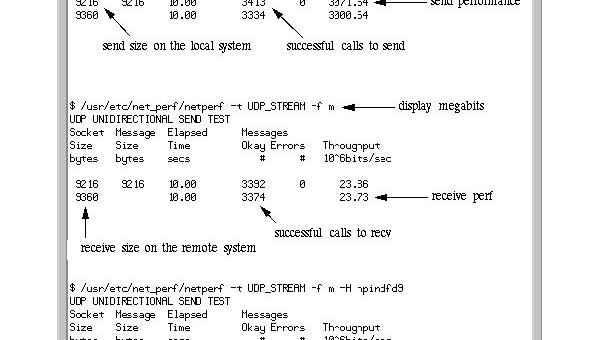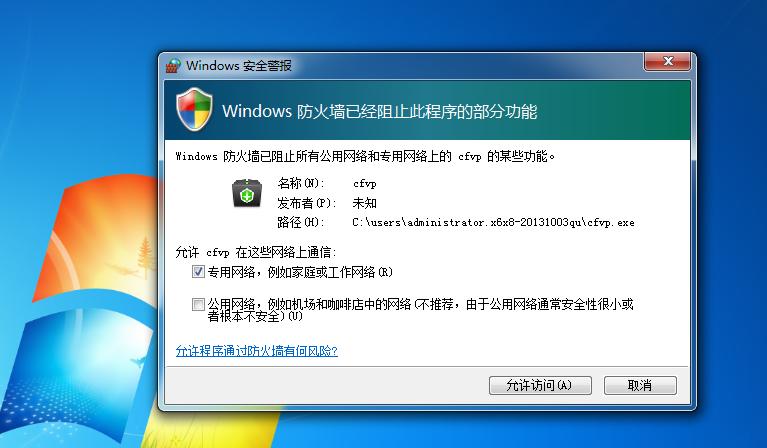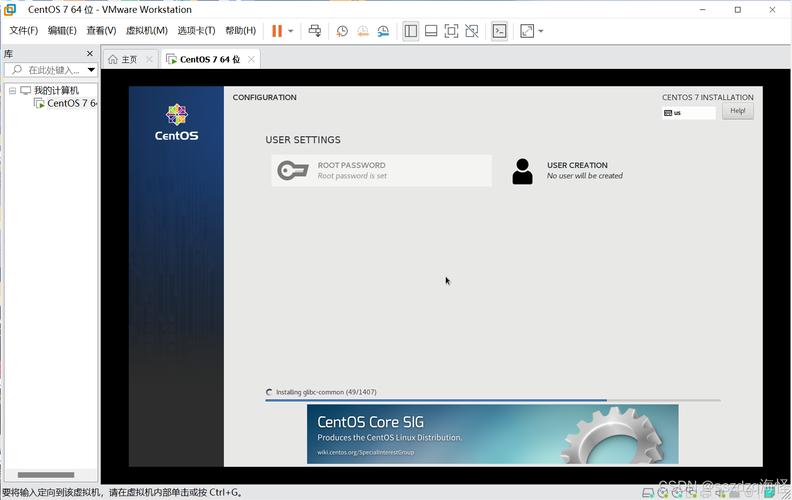PHP的CURL
php的curl可以实现模拟http的各种请求,这也是php做网络爬虫的基础,也多用于接口api的调用。
这个时候有人就要发问了:为什么你特么不用file_get_contents?
curl的性能比它好,而且可以完成更多复杂的操作,不仅仅只是获取页面数据。
下面先分别介绍一些常用的函数。
- curl_init 初始化一个curl对话
- curl_setopt 设置curl参数,即传输选项
- curl_exec 执行请求
- curl_close 关闭一个curl对话
主要是上面四个
- curl_errno 返回最后一次错误码,php已经定义了诸多错误枚举编码
- curl_errror 返回一个保护当前会话最近一次错误的字符串
下面直接上实例吧,相关解释都在注释里面
1. 在网络上下载一个网页并把内容中的“百度”替换为“屌丝”之后输出
1
2
3
4
5
6
7
8
9
10
11
2. 通过调用WebService查询北京的当前天气
strlen
($data)
));
$rtn = curl_exec($curlobj);
if(!curl_errno($curlobj)){
// $info = curl_getinfo($curlobj);
// print_r($info);
echo $rtn;
} else {
echo 'Curl error: ' . curl_error($curlobj);
}
curl_close($curlobj);
?>
1
2
3
4
5
6
7
8
9
10
11
12
13
14
15
16
17
18
19
20
21
22
23
24
3. 模拟需要登录的网址并抓取网页的内容
'promonkey',
'password' => '1q2w3e',
'remember'=>1);
$data='username=zjzhoufy@126.com&password=1q2w3e&remember=1';
$curlobj = curl_init(); // 初始化
curl_setopt($curlobj, CURLOPT_URL, ""); // 设置访问网页的URL
curl_setopt($curlobj, CURLOPT_RETURNTRANSFER, true); // 执行之后不直接打印出来
// Cookie相关设置,这部分设置需要在所有会话开始之前设置
date_default_timezone_set('PRC'); // 使用Cookie时,必须先设置时区
curl_setopt($curlobj, CURLOPT_COOKIESESSION, TRUE);
curl_setopt($curlobj, CURLOPT_HEADER, 0);
curl_setopt($curlobj, CURLOPT_FOLLOWLOCATION, 1); // 这样能够让cURL支持页面链接跳转
curl_setopt($curlobj, CURLOPT_POST, 1);
curl_setopt($curlobj, CURLOPT_POSTFIELDS, $data);
curl_setopt($curlobj, CURLOPT_HTTPHEADER, array("application/x-www-form-urlencoded; charset=utf-8",
"Content-length: ".strlen($data)
));
curl_exec($curlobj); // 执行
curl_setopt($curlobj, CURLOPT_URL, "");
curl_setopt($curlobj, CURLOPT_POST, 0);
curl_setopt($curlobj, CURLOPT_HTTPHEADER, array("Content-type: text/xml"
));
$output=curl_exec($curlobj); // 执行
curl_close($curlobj); // 关闭cURL
echo $output;
?>
1
2
3
4
5
6
7
8
9
10
11
12
13
14
15
16
17
18
19
20
21
22
23
24
25
26
27
28
29
30
31
32
4. 登录网站的信息抓取并下载个人空间页面 + 自定义实现页面链接跳转抓取
= $curl_max_loops)
{
$curl_loops = 0;
return FALSE;
}
curl_setopt($ch, CURLOPT_HEADER, true); // 开启header才能够抓取到重定向到的新URL
curl_setopt($ch, CURLOPT_RETURNTRANSFER, true);
$data = curl_exec($ch);
// 分割返回的内容
$h_len = curl_getinfo($ch, CURLINFO_HEADER_SIZE);
$header = substr($data,0,$h_len);
$data = substr($data,$h_len - 1);
$http_code = curl_getinfo($ch, CURLINFO_HTTP_CODE);
if ($http_code == 301 || $http_code == 302) {
$matches = array();
preg_match('/Location:(.*?)\n/', $header, $matches);
$url = @parse_url(trim(array_pop($matches)));
// print_r($url);
if (!$url)
{
//couldn't process the url to redirect to
$curl_loops = 0;
return $data;
}
$last_url = parse_url(curl_getinfo($ch, CURLINFO_EFFECTIVE_URL));
if (!isset($url[' scheme ']))
$url['scheme'] = $last_url['scheme'];
if (!isset($url['host']))
$url['host'] = $last_url['host'];
if (!isset($url['path']))
$url['path'] = $last_url['path'];
$new_url = $url['scheme'] . '://' . $url['host'] . $url['path'] . (isset($url['query'])?'?'.$url['query']:'');
curl_setopt($ch, CURLOPT_URL, $new_url);
return curl_redir_exec($ch);
} else {
$curl_loops=0;
return $data;
}
}
?>
1
2
3
4
5
6
7
8
9
10
11
12
13
14
15
16
17
18
19
20
21
22
23
24
25
26
27
28
29
30
31
32
33
34
35
36
37
38
39
40
41
42
43
44
45
46
47
48
49
50
51
52
53
54
55
56
57
58
59
60
61
62
63
64
65
66
67
68
69
70
71
72
73
74
75
76
77
78
79
80
81
82
83
从FTP服务器下载一个文件到本地
1 2 3 4 5 6 7 8 9 10 11 12 13 14 15 16 17 18 19 20 21 22 23 24 25 26 27
6.下载网络上面的一个HTTPS的资源
1 2 3 4 5 6 7 8 9 10 11 12 13 14 15 16 17
原生PHP模拟http请求
有时候为了简单模拟一个http请求,这样就去用curl有点浪费,其实php自身已经可以实现这个功能,
需要在服务器端模拟 POST/GET 等请求,也就是在 PHP 程序中去实现模拟,改怎么做到呢?或者说,在 PHP 程序里,给你一个数组,如何将这个数组 POST/GET 到另外一个地址呢?当然,使用 CURL 很容易办到,那么如果不使用 CURL 库,又该怎么办呢?其实,在 PHP 里已经有相关的函数实现了,这个函数就是接下来要讲的 stream_context_create()。
直接 show you the code,这是最好的方法:
$data = array( 'foo'=>'bar', 'baz'=>'boom', 'site'=>'www.nowamagic.net', 'name'=>'nowa magic'); $data = http_build_query($data); //$postdata = http_build_query($data); $options = array( 'http' => array( 'method' => 'POST', 'header' => 'Content-type:application/x-www-form-urlencoded', 'content' => $data //'timeout' => 60 * 60 // 超时时间(单位:s) ) ); $url = ""; $context = stream_context_create($options); $result = file_get_contents($url, false, $context); echo $result; 的代码为: $data = $_POST; echo ''; print_r( $data ); echo ''; 1 2 3 4 5 6 7 8 9 10 11 12 13 14 15 16 17 18 19 20 21 22 23 24 25 26 27 28 29 30
运行结果为:
Array ( [foo] => bar [baz] => boom [site] => www.nowamagic.net [name] => nowa magic ) 1 2 3 4 5 6 7
一些要点讲解:
- 以上程序用到了 http_build_query() 函数,构造URL字符串。
- stream_context_create() 是用来创建打开文件的上下文件选项的,比如用POST访问,使用代理,发送header等。就是 创建一个流,再举一个例子吧:
$context = stream_context_create(array(
'http' => array(
'method' => 'POST',
'header' => sprintf("Authorization: Basic %s\r\n", base64_encode($username.':'.$password)).
"Content-type: application/x-www-form-urlencoded\r\n",
'content' => http_build_query(array('status' => $message)),
'timeout' => 5,
),
));
$ret = file_get_contents(' false, $context);
1
2
3
4
5
6
7
8
9
10
- stream_context_create创建的上下文选项即可用于流(stream),也可用于文件系统(file system)。对于像 file_get_contents、file_put_contents、readfile直接使用文件名操作而没有文件句柄的函数来说更有用。stream_context_create增加header头只是一部份功能,还可以定义代理、超时等。这使得访问web的功能不弱于curl。
- stream_context_create() 作用:创建并返回一个文本数据流并应用各种选项,可用于fopen(),file_get_contents()等过程的超时设置、代理服务器、请求方式、头信息设置的特殊过程。
- stream_context_create 还能通过增加 timeout 选项解决file_get_contents超时处理:
$opts = array(
'http'=>array(
'method'=>"GET",
'timeout'=>60,
)
);
//创建数据流上下文
$context = stream_context_create($opts);
$html =file_get_contents(' false, $context);
//fopen输出文件指针处的所有剩余数据:
//fpassthru($fp); //fclose()前使用

海报
135






